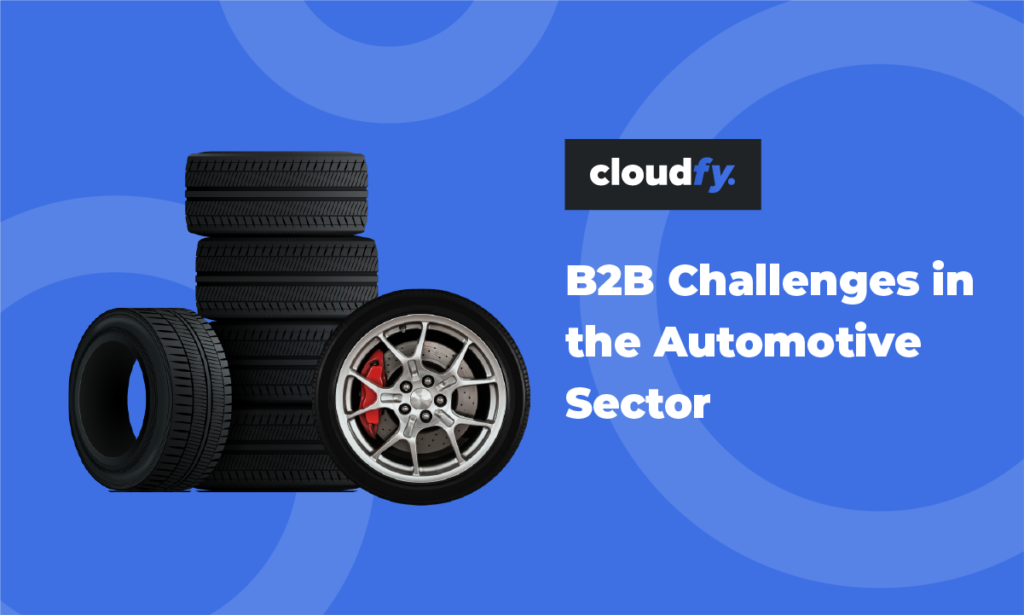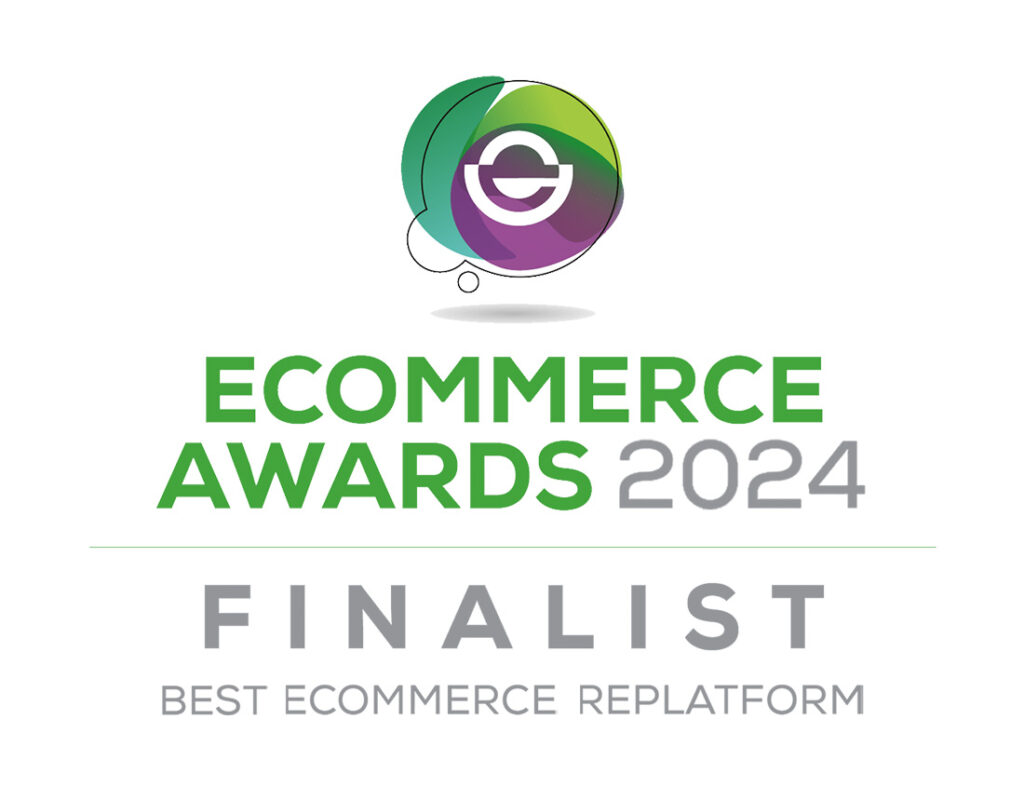Progressive web apps (PWAs) are websites that deliver a mobile app experience without the need to install an app.
Fast, seamless user experiences across all devices are delivered using application programming interfaces (APIs) and accelerated mobile pages (AMPs). They can be automatically saved on the home screen of mobile devices without downloading an app from a webstore.
The most popular features of PWAs are faster page load times, improved engagement, and better conversion rates. Apart from Twitter, Pinterest, and Instagram, businesses that have created mobile-first PWAs include Starbucks and Spotify.
BMW improved customer experience and delivered high quality and engaging content to reflect their values using a PWA. High-resolution images and videos, and pages that loaded four times faster than the old site resulted in four times as many people clicking from BMW.com to a BMW sales site. The company saw a 50% growth in mobile users and 49% more site visits compared to the old site.
Unsurprisingly, business to consumer (B2C) PWAs are proving popular but will they be the right choice for your business to business (B2B) company?
Benefits of PWAs for B2B ecommerce
PWAs are visible to search engines so they can be ranked on search engine results pages (SERPs) and links to content can be easily shared. With fast page loading, low data use, reduced bounce rates, and engaging user experiences, search engine performance for your website will improve.
PWAs use cached data to update information and send push notifications without collecting the user’s email address, so you don’t have to ask for authorization. This means you can launch offers and promotions very quickly and effectively.
Because PWAs have been developed for mobile users they are easy to use with taps and swipes instead of clicks. Along with easy animation and page scrolling options, you can improve your buyers’ experiences and reduce bounce rates.
It’s also easy to implement updates and your users won’t have to take any action to see the latest version of your PWA. If you want to let them know about new features you can send them a simple notification during their next session.
You won’t need to build a separate mobile app or host your PWA in an app store so they can be developed, designed, and implemented quickly and cost-effectively.
Features of PWAs
There are three distinctive features that make PWAs attractive.
Reliability – your buyers can launch your PWA from their home screen even if their internet connection is unstable or if they are offline. Key resources are cached and helped by ‘service workers’ (background scripts to support offline activity).
Speed – Google says that over half of users (53%) will abandon a site if it takes longer than three seconds to load. PWAs load quickly and can meet users’ expectations for fast responses.
Engagement – you can deliver an immersive full-screen experience thanks to the PWA’s web app manifest that manages how they launch and appear, including their home screen icon, launch page, and screen orientation.
PWA technology
Because PWAs are built using the latest web protocols, they offer good security compared to many mobile apps. You won’t need development teams to design, build, and maintain separate iOS, Android, or even Windows 10 versions of native applications, which can be costly.
PWAs are as effective as web pages on the desktop and on smartphones and other mobile devices, so you can be confident that you are meeting your buyer’s needs.
Building PWAs
The shell architecture for your PWA has the core elements of the design to allow it to run without a network connection. APIs reduce the amount of data sent to your buyer’s device, allowing you to focus on the online experience, which is separate from the background business information.
For example, only 10 items in a product listing might load first, with more products loading as the user scrolls down, in a similar way to Facebook. This means less data needs to be sent to the server immediately, improving the speed of response.
With this separation between the user interface and your back office systems user experiences can be revised and tested more quickly and with less risk.
Is a PWA the right choice for your B2B ecommerce business?
Your buyers’ needs should be your starting point. If your catalog is small and your current buyers know what they want then PWAs might not be an immediate priority. However, if you know that many of your buyers are already using mobile devices for research and purchasing and you don’t have native apps to support your sales then PWAs are worth serious consideration.
If your current ecommerce content management system doesn’t offer PWA functionality then you will need to review your strategy, plans, and preferred ecommerce platform.
Depending on your current position, you have an opportunity to combine the best of a dedicated ecommerce site and native apps to gain a competitive advantage.
Talk to one of our experts to find out more about the power of PWAs for your B2B ecommerce business.






